The Devil All The Time: The Movie's Biggest Changes To The Book

The Devil All The Time: The Movie's Biggest Changes To The Book
Director Antonio Campos's film adaptation of Donald Ray Pollock's novel The Devil All The Time follows the spirit of its source text, only slightly altering the intertwining narratives found in Pollock's book. Pollock, who narrates Campos's film, published his debut novel in 2011, and The Devil All The Time was met with high praise from literary critics and wide audiences alike.
The Devil All The Time has a gritty, southern-gothic tone that adds an aura of dread to Pollock's post-World War II tale, which follows several different narratives and a number of characters who face sin and horror on a regular basis in their rural, deeply religious community. Set in the author's actual hometown of Knockemstiff, Ohio, The Devil All The Time examines themes of evil and religion and in small town America. The book's title is emphasized early on in Campos's adaptation when Pollock's voice explains to viewers that that the protagonist, Arvin, thought his troubled father Willard was fighting "the devil all the time."
Over the course of six parts, Pollock introduces a number of memorable characters but chooses to keep their sordid journeys separate until the end of his story. Campos however, lays out most of his players early on in the film, alluding to their merging from the very beginning. Within the first fifteen minutes of the film, audiences are introduced to key characters such as Arvin (Michael Banks Repeta, Tom Holland), Willard (Bill Skarsgård), Charlotte (Haley Bennett), Sandy (Riley Keough), Carl (Jason Clarke), Helen (Mia Wasikowska) and Roy (Harry Melling), who will all have a chance to tell their story as the winding narratives weave together. Taking somewhat different routes, the film and novel follow the characters through moments of blind faith, explosive anger, penance and even revenge.
Differences In Timeline And Structure
Donald Ray Pollock's book has multiple main narratives which span across wide timeframes and six separate sections, entitled Sacrifice, On The Hunt, Orphans and Ghosts, Winter, Preacher, and Serpents. The film opts for a slightly different telling of events, having the characters cross paths in a linear timeline, but switching some plot points around. Part one tells the story of Willard Russell, his son Arvin and wife Charlotte. Deeply religious after his time in the war, Willard is distraught when his prayer and sacrifice are not enough to save his wife from cancer. Willard's story weaves with that of Helen Hatton and Roy Laferty through their shared church and Sacrifice then follows the murderous preacher as he kills his wife and leaves his child in the hands of Willard's mother, Emma. Roy's departure leads to the predatory Reverend Preston Teagardin (Robert Pattinson) coming to town, spurring on Arvin and Lenora's future troubles.
In the book, Pollock pauses Roy's story after he leaves his daughter Lenora with Emma Russell, moving onto Sandy and Carl's devious deeds, but in the film, Roy's story is told all in one go. Instead of having Roy's death spur the violent ending forward, as it does in the book, Campos has the preacher meet his fate directly after killing Helen in an effort to reaffirm his twisted relationship with God. The film, removing Pollock's sectioned parts, interjects this narrative with Sandy and Carl earlier than the book does, showing Roy's journey as continuous as opposed to staggering his story. Pollock's novel eventually returns to Roy, giving readers more information on the disturbed man, and later on follows him back to Ohio as he attempts to find Lenora, unaware that the daughter he abandoned is already dead. It is during this journey that Roy encounters the deadly duo, Sandy and Carl Henderson.
The Book Ending Vs. The Movie Ending
While the film stayed almost entirely faithful to the book's ending, other than the rearrangement of Roy's death, there are some slight differences in Arvin's final scene. Towards the end of Campos's adaptation, Arvin, pursued by Sandy's brother, Sheriff Bodecker (Sebastian Stan), winds up back home only to find that his old house has burnt down. Intent on burying the bones of his dog, killed by Willard during one of his sacrifices, Arvin returns to his father's prayer clearing. In both the film and book, it is here that the final standoff occurs, during which Arvin shoots and kills Bodecker before making his way out of town. His future is left open ended as he leaves Knockemstiff, where he is now considered a fugitive. Pollock chooses to end his book with Arvin leaving the clearing, his hope hazy but somewhat restored.
The ending of the movie The Devil All The Time, however, uses its final moments to imagine Arvin's possible futures, inspiring an initial feeling of optimism before the cyclical consequences are realized. While hitchhiking away from Knockemstiff, Arvin catches a ride with a young man strongly resembling Jesus who treats him kindly and recognizes how exhausted he seems. As the two drive away from town, Arvin considers a possible future in which he is forgiven by the law for the murders he has committed, since the victims were corrupt and their deaths may have been for the greater good. He thinks about seeing his grandmother and uncle again, and considers the family he may have himself later on, before thoughts of the Vietnam War intrude, alluding to the fact that his path may be similar to his father's. Arvin is not sure what the future holds but for the time being he is safe, free and able to rest, and right now that is more than enough for him.
In the end, the relentless violence and doom that fill the pages of Pollock's The Devil All The Time and Campos's haunting adaptation are momentarily traded for a sense of much needed peace, felt by both Arvin and the audience. Both endings rest on Arvin's shoulders, his escape hopefully hinting at a life away from Knockemstiff and the relentless pain of his past. In this way, even though the movie changes aspects of Pollock's novel, it does so in order to communicate the experience of reading the novel — and thus, is not so different after all.

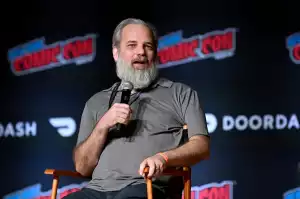
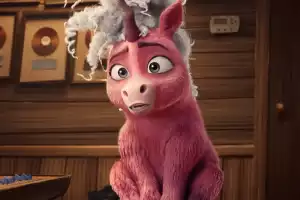



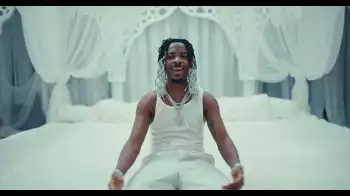


![September Babies (2024) [German]](https://www.memesng.com/r/storage.waploaded.com/images/d0e6b38880f79bdb0ce94373f212ef7b.jpg?w=50&ulb=true&ssl=1)
![Kaam Chalu Hai (2024) [Hindi]](https://www.memesng.com/r/storage.waploaded.com/images/39ae6c803d83a68e99498036525922a8.jpg?w=50&ulb=true&ssl=1)
![Article 370 (2024) [Hindi]](https://www.memesng.com/r/storage.waploaded.com/images/8853128cca4151e9f37a5c92d5547ec2.jpg?w=50&ulb=true&ssl=1)

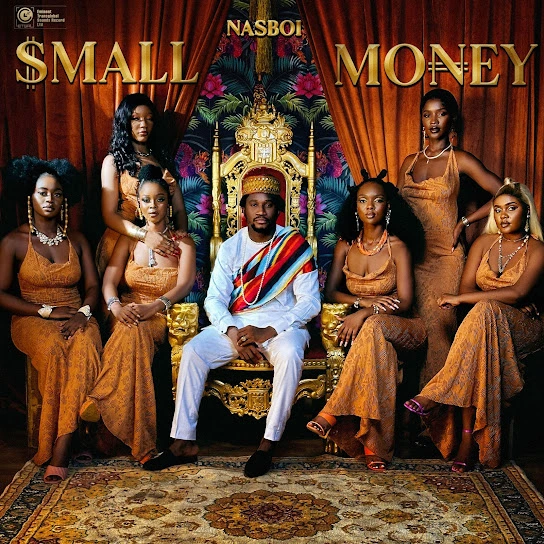
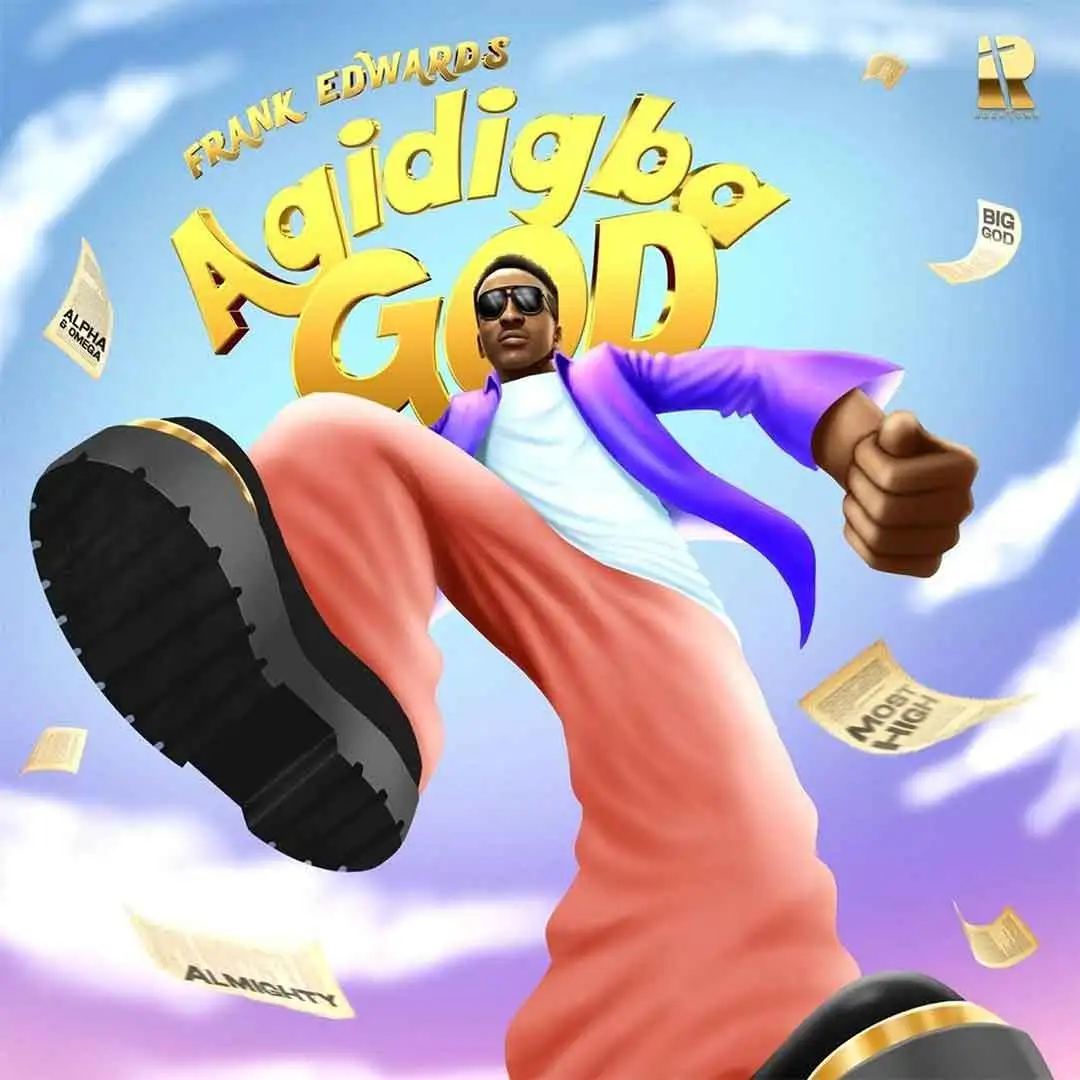











{{comment.anon_name ?? comment.full_name}}
{{timeAgo(comment.date_added)}}
{{comment.body}}
{{subComment.anon_name ?? subComment.full_name}}
{{timeAgo(subComment.date_added)}}
{{subComment.body}}